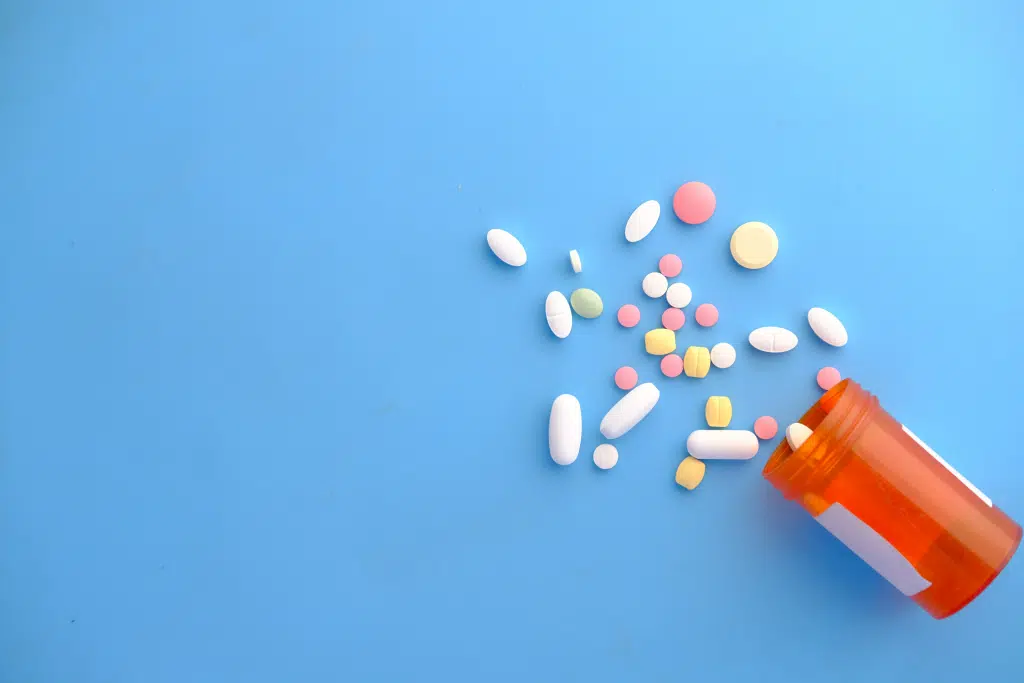Generic Name: Nefiracetam
Brand Names: Nefiracetam
Drug Class: Nootropic
Available Dosage Forms: Tablet, capsule, and powder

What is Nefiracetam?
Nefiracetam is a nootropic from the racetam class. Enhanced memory and improved cognition appear to be the most widely recognized effects of Nefiracetam. It exerts neuro-regulatory effects through:1
-Modulation of monoaminergic, cholinergic, and glutaminergic neurotransmission
-Activation of protein kinase C, a primary regulator of protein synthesis
-Potentiates the expression of brain-derived neurotrophic factor (BDNF)
-Promotes blood flow in cerebral ischemia
Depression and apathetic behavior frequently develop in response to neurological disorders, including stroke and trauma. Brain injury disrupts the proper functioning of emotional centers and thus leads to disturbed mood and behavior.1 However, it is necessary to differentiate between apathy and depression as both require distinct treatment strategies. 900mg dosage of Nefiracetam administered for 12 weeks in stroke patients significantly reduced the severity of apathy. Depression scores, unfortunately, did not reveal any noticeable improvement with similar dosages of the nootropic.1
Antidepressants have various ranges of efficacy in the treatment of depression. A comparative study tested the potency of 10 antidepressants and placed them in order of best to worst in terms of treatment outcomes.2 Sertraline, Nefiracetam, and Fluoxetine proved inefficacious in comparison to placebo. In contrast, Paroxetine was classed as the best drug among all other drug candidates.
How to use Nefiracetam?
-The optimum dosage has not yet been established
-Typical dosage is 150-450mg per day
-Most consumers respond well to 150-450mg dosage of Nefiracetam
-However, avoid taking the total dosage at once
-It is better to split the dosage into three parts throughout the day
-Maximum dosage that can be consumed is 1200mg per day, though high dosages are discouraged due to the unavailability of studies supporting their use
-Take the tablet or capsule by mouth after meals
-The effects are usually seen after one week of taking Nefiracetam daily
What are the side effects of Nefiracetam?
Side effects are usually experienced after taking high doses, which may include mild side effects such as:
-Headache
-Irritability
-Nausea
-Stomach upset
-Fatigue
-Dizziness
-Diarrhea
Nefiracetam is well tolerated; however, it has the potential to elicit the following adverse effects:
-Psychomotor agitation
-Hypochlorhydria
-Memory loss
-Reproductive toxicity
Who should not use Nefiracetam?
-Those with underlying kidney issues
-Those with urinary bladder and sphincter dysfunction
-Those with severe psychomotor deterioration
-People with hypochlorhydria (levels of stomach acid reduced)
-Pregnant and breastfeeding women
References
- Robinson RG, Jorge RE, Clarence-Smith K, Starkstein S. Double-blind treatment of apathy in patients with poststroke depression using Nefiracetam. J Neuropsychiatry Clin Neurosci. 2009;21(2):144-151. doi:10.1176/jnp.2009.21.2.144
- Sun Y, Liang Y, Jiao Y, et al. Comparative efficacy and acceptability of antidepressant treatment in poststroke depression: a multiple-treatments meta-analysis.BMJ Open. 2017;7(8):e016499. Published 2017 Aug 3. doi:10.1136/bmjopen-2017-016499










